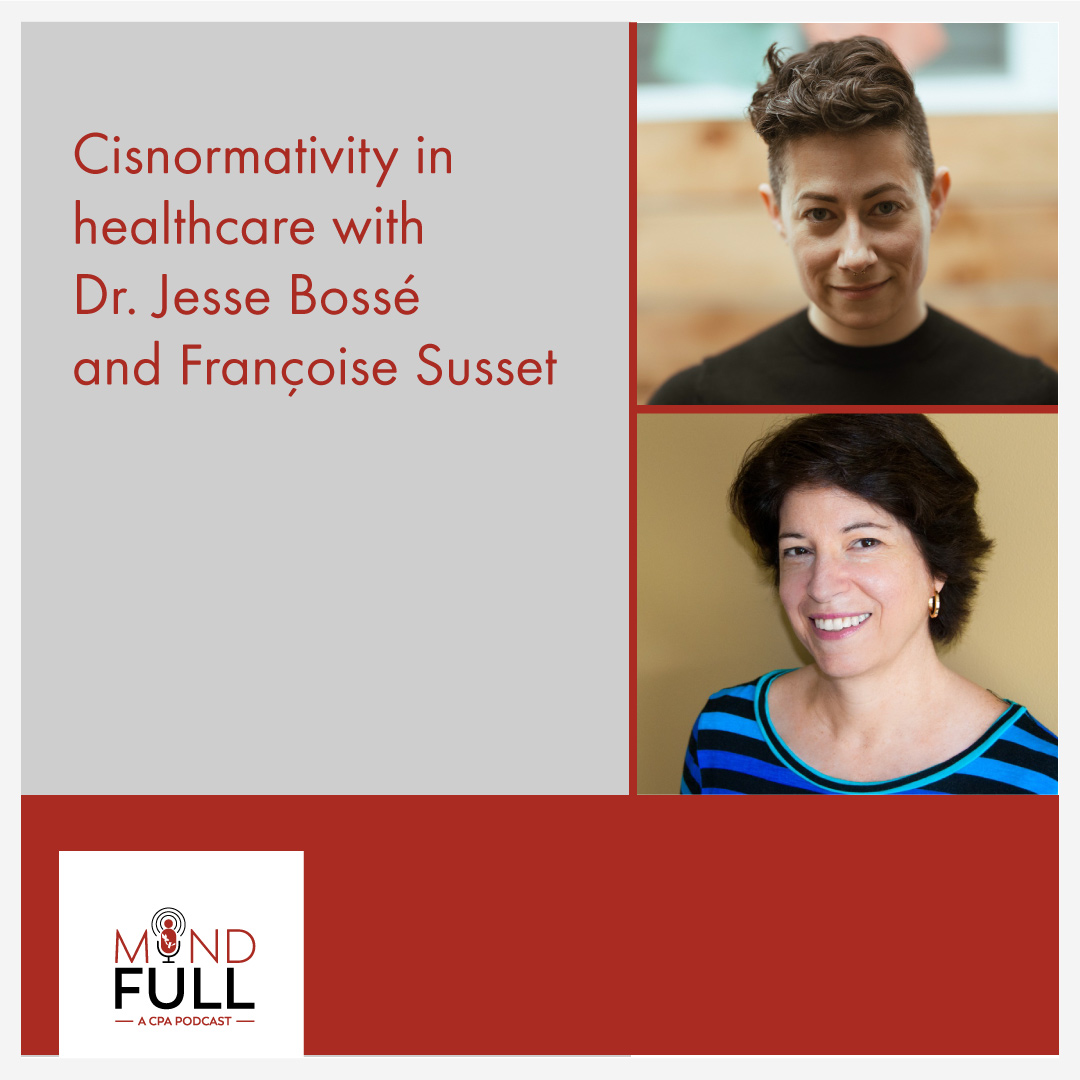How Does Nature Benefit our Mental Health?
Exposure to nature enhances mental health, which is defined as a state of well-being in which individuals can cope with the normal stressors of life while maintaining a positive outlook. Nature-based experiences can improve cognitive, psychological, and physical health (Jimenez et al., 2021). Some examples from environmental psychology research are:
- Attention: Our attention is a limited resource and it can become ‘fatigued’ throughout the day. Nature has been shown to restore attention and our ability to concentrate (Mason et al., 2022). Nature has also been found to reduce symptoms of Attention-Deficit/Hyperactivity Disorder (ADHD) (Faber Taylor & Kuo, 2009).
- Mood: Nature improves mood and makes people feel happier (Neill et al., 2019). There is evidence that nature exposure can improve symptoms of depression (Berman et al, 2012).
- Self-regulation: Nature helps us feel calmer and less irritable. This means that we are better able to control our impulses (Beute & de Kort, 2014; Weeland et al., 2019).
- Stress: Nature reduces symptoms of anxiety, physical stress, and heart rate. It also helps us feel more relaxed (Shuda et al., 2020).
- Social: Nature tends to increase generosity, cooperation, and our sense of social connection (Arbuthnott, 2023; Weinstein et al., 2009).
What Counts as “Nature”?
Nature is everything in the natural physical environment. This includes, but is not limited to, bodies of water (e.g., oceans, lakes, rivers), forests, mountains, trees, parks, gardens, and animals.
Natural elements can be experienced in many ways, such as spending time outdoors, looking at a natural view out a window, being near nature indoors (e.g., potted plants), looking at photographs, videos, or artwork of nature, or listening to nature sounds. However, the greatest benefits occur when spending time outdoors in a natural environment.
How Much Time Do I Need to Spend in Nature to Feel the Benefits?
Research shows that just a few minutes (1–10 minutes) of exposure to nature can boost attention (Yaipimol et al., 2022), reduce feelings of stress (Meredith et al., 2020), and improve your mood (Neill et al., 2019).
Two hours per week has been linked to better health and well-being (White et al., 2019), and 20 minutes at a time is ideal for reducing stress hormones (i.e., cortisol) in the body (Hunter et al., 2019).
We All Need Nature in Our Lives
Nature exposure can benefit those with and without health challenges. Finding ways to make nature part of our lives is an important component of healthy behaviour.
Other health behaviours include eating nutritious food, sleeping well, exercising, and engaging in social connections. There are many ways to combine nature exposure with other health behaviours, such as spending time in nature with a friend or exercising in a natural setting.
Increasing your exposure to nature can help you bounce back from challenging experiences in life and reduce the chances of developing health complications. For example, children who spend time in nature have been found to have a lower risk of developing mental health difficulties as adults (Preuß et al., 2019)
More time spent in nature also increases feelings of connection with nature. When people feel a bond with nature, they often take better care of it by engaging in more environmentally friendly ways. This benefits both humans and the planet.
Adding More Nature to Your Life
There are easy and fun ways to increase your exposure to nature. Focus on nature-based activities that you enjoy and can do without a lot of effort. This will help you to have the most success when integrating nature into your daily routines. As with other health behaviours, scheduling nature time into your calendar and creating habits will help to increase your nature exposure. If you have time limitations, start with five minutes of nature exposure each day. If you have limited mobility, consider ways to engage with nature while seated.
Here are a few nature exposure activity suggestions:
- Spend time in parks or in a green neighborhood with community gardens or dense tree canopy
- Sit by the ocean or a pond and listen to the water
- Notice flowers, trees, birds, and other animals around you as you travel to school or work
- Pay attention to the weather and how the seasons look and feel in your area
- Sit on your porch or next to your window and notice the nature you can see, hear, smell, and feel
- Listen to recordings of nature sounds while you work or go to sleep (e.g., birds chirping, waves)
- Watch videos of nature if you are unable to get outside
- Look at nature images through art or in virtual ways, like online or on TV
- Add plants to indoor spaces in which you spend the most time
- Open the curtains to let in natural light
- Take an animal outside for a walk
- Meet friends outdoors to socialize
Nature and Psychological Treatment
Given the various benefits that exposure to nature offers, some psychologists have started prescribing time in nature as an additional support for mental well-being and improved mental and cognitive health.
You can ask your psychologist, and other health professionals, if they are a PaRx prescriber. PaRx is Canada’s first national, evidence-based nature prescription program. PaRx was started by the BC Parks Foundation and health care professionals with expertise in nature and health. The goal is to support health care professionals in prescribing nature to their clients to improve overall health. The PaRx website includes resources for everyone: https://www.parkprescriptions.ca/
Your psychologist may be able to:
- Explain how exposure to nature can aid your specific symptoms
- Help you create a specific and realistic plan to increase your exposure to nature
- Support you in remaining consistent with the time you spend in nature
- Revise your nature exposure plan as needed to ensure that it fits your lifestyle and preferences
- Help you identify barriers that may get in the way of engaging with nature
- Monitor the influence of nature exposure on your mental health and wellbeing
Where Can I Go for More Information?
https://www.mind.org.uk/information-support/tips-for-everyday-living/nature-and-mental-health/how-nature-benefits-mental-health/
https://www.ontarioparks.com/parksblog/mental-health-benefits-outdoors/
https://www.mentalhealth.org.uk/our-work/research/nature-how-connecting-nature-benefits-our-mental-health
You can consult with a registered psychologist to find out if psychological interventions might be of help to you. Provincial, territorial and some municipal associations of psychology often maintain referral services. For the names and coordinates of provincial and territorial associations of psychology, go to https://cpa.ca/public/whatisapsychologist/PTassociations/.
This fact sheet has been prepared for the Canadian Psychological Association by Yasmeen Ibrahim, Clinical Psychology Ph.D. Student, and Shannon Johnson, Ph.D., Department of Psychology and Neuroscience at Dalhousie University.
Date: March 2024
Your opinion matters! Please contact us with any questions or comments about any of the Psychology Works Fact Sheets: factsheets@cpa.ca
Canadian Psychological Association
Tel: 613-237-2144
Toll free (in Canada): 1-888-472-0657
Reference List
Arbuthnott, K. D. (2023). Nature exposure and social health: Prosocial behavior, social cohesion, and effect pathways. Journal of Environmental Psychology, 90, Article 102109. https://doi.org/10.1016/j.jenvp.2023.102109
Berman, M. G., Kross, E., Krpan, K. M., Askren, M. K., Burson, A., Deldin, P. J., Kaplan, S., Sherdell, L., Gotlib, I. H., & Jonides, J. (2012). Interacting with nature improves cognition and affect for individuals with depression. Journal of Affective Disorders, 140(3), 300–305. https://doi.org/10.1016/j.jad.2012.03.012
Beute, F., & de Kort, Y. A. W. (2014). Natural resistance: Exposure to nature and self-regulation, mood, and physiology after ego-depletion. Journal of Environmental Psychology, 40, 167–178. https://doi.org/10.1016/j.jenvp.2014.06.004
Faber Taylor, A., & Kuo, F. E. (2009). Children with attention deficits concentrate better after walk in the park. Journal of Attention Disorders, 12(5), 402–409. https://doi.org/10.1177/1087054708323000
Hunter, M. R., Gillespie, B. W., & Chen, S. Y. (2019). Urban nature experiences reduce stress in the context of daily life based on salivary biomarkers. Frontiers in Psychology, 10, Article 722. https://doi.org/10.3389/fpsyg.2019.00722
Mason, L., Ronconi, A., Scrimin, S., & Pazzaglia, F. (2022). Short-term exposure to nature and benefits for students’ cognitive performance: A review. Educational Psychology Review, 34(2), 609–647. https://doi.org/10.1007/s10648-021-09631-8
Meredith, G. R., Rakow, D. A., Eldermire, E. R. B., Madsen, C. G., Shelley, S. P., & Sachs, N. A. (2020). Minimum time dose in nature to positively impact the mental health of college-aged students, and how to measure it: A scoping review. Frontiers in Psychology, 10, Article 2942. https://doi.org/10.3389/fpsyg.2019.02942
Neill, C., Gerard, J., & Arbuthnott, K. D. (2019). Nature contact and mood benefits: Contact duration and mood type. The Journal of Positive Psychology, 14(6), 756–767. https://doi.org/10.1080/17439760.2018.1557242
Preuß, M., Nieuwenhuijsen, M., Marquez, S., Cirach, M., Dadvand, P., Triguero-Mas, M., Gidlow, C., Grazuleviciene, R., Kruize, H., & Zijlema, W. (2019). Low childhood nature exposure is associated with worse mental health in adulthood. International Journal of Environmental Research and Public Health, 16(10), Article 1809. https://doi.org/10.3390/ijerph16101809.
Shuda, Q., Bougoulias, M. E., & Kass, R. (2020). Effect of nature exposure on perceived and physiologic stress: A systematic review. Complementary Therapies in Medicine, 53, Article 102514. https://doi.org/10.1016/j.ctim.2020.102514
Weeland, J., Moens, M. A., Beute, F., Assink, M., Staaks, J. P. C., & Overbeek, G. (2019). A dose of nature: Two three-level meta-analyses of the beneficial effects of exposure to nature on children’s self-regulation. Journal of Environmental Psychology, 65, Article 101326. https://doi.org/10.1016/j.jenvp.2019.101326
Weinstein, N., Przybylski, A. K., & Ryan, R. M. (2009). Can nature make us more caring? Effects of Immersion in nature on intrinsic aspirations and generosity. Personality and Social Psychology Bulletin, 35(10), 1315–1329. https://doi.org/10.1177/0146167209341649
White, M. P., Alcock, I., Grellier, J., Wheeler, B. W., Hartig, T., Warber, S. L., Bone, A., Depledge, M. H., & Fleming, L. E. (2019). Spending at least 120 minutes a week in nature is associated with good health and wellbeing. Scientific Reports, 9(1), Article 1. https://doi.org/10.1038/s41598-019-44097-3
Yaipimol, E., Suppakittpaisarn, P., Wanitchayapaisit, C., Charoenlertthanakit, N., & Surinseng, V. (2022). Is 1-minute of nature enough? Durations of nature during walking and attention restoration. International Journal of Building, Urban, Interior and Landscape Technology (BUILT), 19, 51–62. https://doi.org/10.56261/built.v19.246242
 The CPA/CPAP Professional Liability & Commercial General Liability Insurance Program, brokered by BMS Canada Risk Services Ltd. (BMS), is the largest program of its kind for psychology practitioners in Canada with over 12,000 participants. From its market leading coverage to its broker support to its association advocacy, the program has protected CPA/CPAP members with specialized Liability Insurance for over 30 years. Learn more here.
The CPA/CPAP Professional Liability & Commercial General Liability Insurance Program, brokered by BMS Canada Risk Services Ltd. (BMS), is the largest program of its kind for psychology practitioners in Canada with over 12,000 participants. From its market leading coverage to its broker support to its association advocacy, the program has protected CPA/CPAP members with specialized Liability Insurance for over 30 years. Learn more here.


